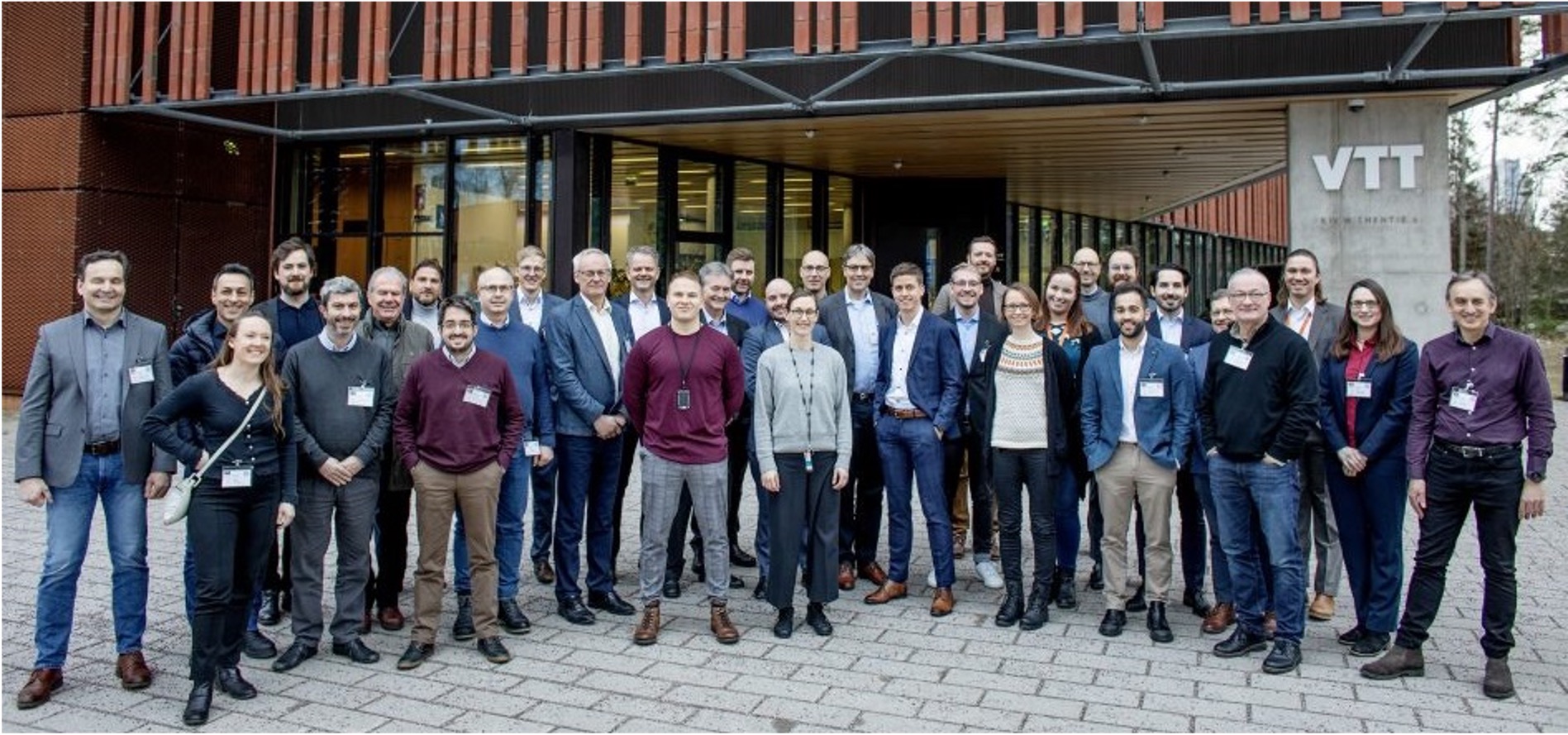Enabling Hydrogen to the maritime industry
About Hydrogenious Maritime
We realise zero emission shipping with LOHC
Our mission is to create complete hydrogen-based power systems for ships. The LOHC power system consists of a LOHC release unit coupled with a fuel cell or ICE H2 engine that will generate electricity to the ship propulsion. With our Liquid Organic Hydrogen Carrier (LOHC) material we have a solution that enables us to transport and store large amounts of hydrogen on-board ships and in bunker terminals on land always at ambient pressure and temperature.
Our LOHC power system realise true zero emission ship propulsion!
Our LOHC power system will integrate three core components
Release unit
The LOHC release unit, discharging the hydrogen from the liquid organic carrier benzyl toluene on demand from the ship PMS
H2 offtaker
The LOHC release Unit will deliver hydrogen to a PEM fuel cell system or H2 combustion engine (ICE) that provides on demand electricity to the ship
PMS
To secure a complete system ready to deliver power to the ship our LOHC Power System will be interface ready to connect to the ship power management system
"We enable hydrogen as a fuel to ships"
LOHC – As a maritime fuel
We fuel the maritime industry with hydrogen through LOHC
Together with preferred EPC partners and technology providers we will establish a network of hydrogenations plants to serve the maritime market with hydrogenated LOHC.
How It Works
Safe handling of hydrogen made available on land and onboard with our LOHC technology
“With the use of our LOHC power system we will demonstrate a real zero emission alternative for ship power production” – Øystein Skår, CEO
High safety
Minimal amount of molecular hydrogen even when loaded with hydrogen. Hydrogen carrier oil benzyl toluene is hardly flammable, non-explosive. Hydrogen release only in presence of catalyst and heat. Lower hazard potential than diesel
Fast and familiar fueling
Refueling by pumping a liquid. Use of conventional pumps. Easily carrying enough energy onboard to operate in normal intervals of several weeks without refueling. Utilization of existing bunkering terminals. Cargo handling during refueling possible
Low-cost H2 distribution
Diesel-like oil, remains liquid down to − 35 °C. Use of conventional fossil fuel infrastructure, also in ports. The carrier oil can be loaded and unloaded with hydrogen many hundreds of times and is recyclable many times over
Efficient onboard storage
No pressure accumulators needed. Utilize existing bunkering facilities onboard at ambient conditions. Store 2—3 times more energy compared to compressed hydrogen, due to the favorable LOHC energy density
News

We’re attending the 22nd Annual Rice Alliance for Technology and Entrepreneurship Energy Tech Venture Forum.
Exciting times, Hydrogenious LOHC Maritime and General Manger Øystein Skår is headed to the 22nd Annual Rice Alliance for Technology and Entrepreneurship Energy Tech Venture Forum on September 18 in Houston.

DNV Grants AiP to Hydrogenious LOHC Maritime for LOHC Release Unit to HyNjord project
The pilot project HyNjord will generate true zero emission power to the ship based on hydrogen released from the Liquid Organic Hydrogen Carrier (LOHC) power system.
– We are excited to announce that DNV (Det Norske Veritas) has awarded approval in principle (AiP) to Hydrogenious LOHC Maritime AS for the LOHC Release Unit to the HyNjord project.

Horizon Europe funds first of a kind maritime onboard application of superior safe LOHC technology at megawatt-scale with 15 million Euros in Ship-aH2oy project
Clean LOHC/FC propulsion system to power Service Operation Vessel, providing significant improvement from conventional internal combustion engines With 8.5 million Euros, Hydrogenious LOHC Maritime receive
